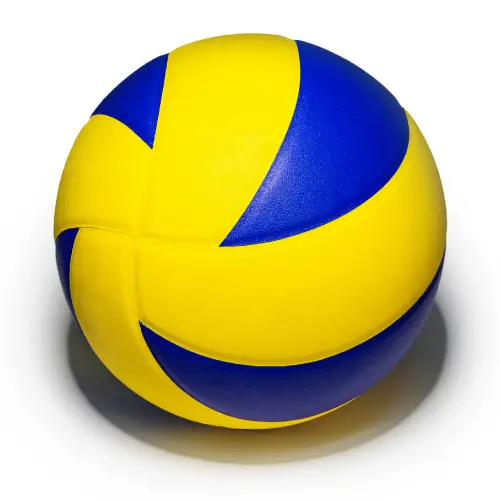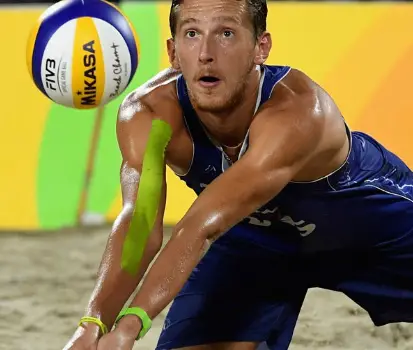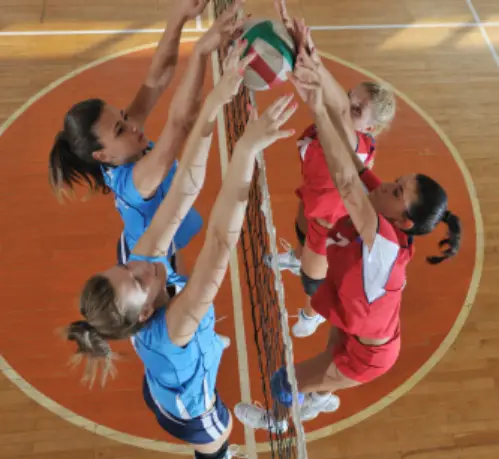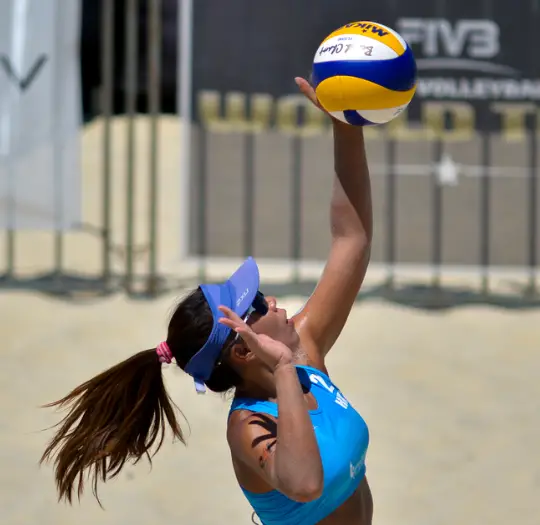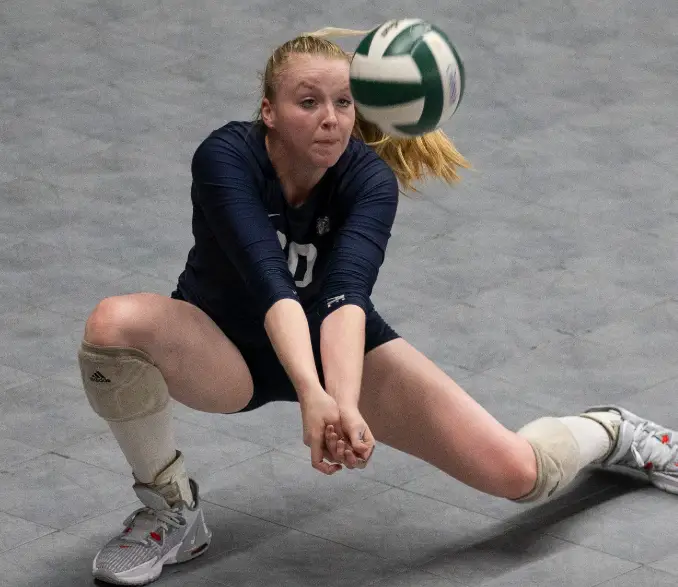Players must be aware that when serving and attacking the ball, they are not permitted to simply land their feet anywhere. If they don’t, they end up making the foot mistake.
What does a volleyball foot fault mean? When a server crosses the service line with one foot, they are guilty of a foot fault. When hitting the ball, volleyball servers must keep both of their feet behind the service line. And when all four feet of an attacker are off the centerline, they commit foot fault.
A foot mistake occurs when a player tries to play defense or offense but fails to keep both feet behind the baseline. Both teams may consider foot errors to be errors since they can prevent either team from maintaining possession of the ball.
A player who makes a foot error often receives a free kick from the spot where they were fouled; however, if they are on the ball’s scoring side at the moment, their opponents may score straight from the free kick. In various sports, like soccer and American football, if a player receives more than one red card in a particular amount of time for foot faults, they are automatically kicked out of the game.
In any sport, if you see your opponent make a foot error against you, make sure you capitalize on the opportunity by punishing them with a precise shot.
What Are The Causes Of Foot Faults?
Poor balance and ineffective strokes might result from improper footwork and movement patterns. These mistakes are made by players when they are attacking. Work on changing these bad habits to enhance your skill. Practice using proper form and smooth motions until you have the abilities down.
Maintain your equilibrium while playing by maintaining proper posture at all times and keeping a look out for potential dangers. You perfect your stroke technique, make sure to practice frequently.
- Faulty Footwork
Poor footwork and improper body rotation when receiving the ball are two things that can lead to foot errors in volleyball. It’s critical to address any foot fault issues as soon as possible to prevent further damage.
Take some time to experiment with the various methods available to you for improving your footwork so you can determine which ones are most effective for you. Make sure you practice frequently so that you can use these strategies without thinking about them, which will prevent future foot faulting issues.
Last but not least, always keep an eye on what other players nearby are doing to improve your own game-playing decisions.
- Wrong Movement Patterns
The most frequent errors in volleyball are foot faults, which can cost a team points, rallies, or even matches. Learn the proper movement patterns so you can carry them out swiftly and effectively to avoid foot errors.
Make sure you frequently practice your foot errors so they become automatic and don’t cost you games or points. At any level of volleyball, playing successfully requires correcting foot fault errors. Use these pointers to rapidly enhance your technique.
- Poor Balance
Numerous issues, including losing a point, being eliminated, and even harming yourself, can result from poor balance. Be mindful of your surroundings at all times and keep your balance during the game to avoid foot errors.
You may enhance your balance and remain on your feet while playing by following a few straightforward principles. Consult an expert coach or trainer for additional guidance or help if you are having any issues with your balance. Be sure to continue training so that you can improve your volleyball abilities.
- Inept Strokes
Knowing the many kinds of foot faults will help you recognize them and improve your stroke since in volleyball, foot faults contribute to errors. Aim for a regular release of the ball from your feet throughout each play to avoid foot errors.
Make sure to take deliberate, balanced steps when going for the net; by landing on both feet simultaneously, you will have more force when throwing the ball overhand. Observe how other players are behaving as well; if they are committing foot errors frequently, it may be advisable to steer out of their end zone or serve receiving zones entirely.
Practice makes perfect. You can improve as a volleyball player by learning the five different foot errors and practicing fixing them while you practice.
Is Foot Fault Also Applicable to Servers?
In volleyball, both servers and attackers are capable of making foot errors. However, “attack hit fault” is the umbrella term for all attacking errors.
Frontcourt attackers are not permitted to cross the volleyball court’s midline, much as servers are not permitted to touch the service line. In the event that they do, they will have violated the centerline foot fault, also known as the foot fault.
However, it must be remembered that in order to violate the rules, attackers must completely land their foot outside the centerline. It is not regarded as a foot fault if only a portion of their foot is touching or crossing the centerline.
When serving the ball, servers are not even allowed to touch the service line.
Defensive specialists and backcourt attackers are both prohibited from touching the attack line, which is situated 3 meters from the court’s center. If they do, an attacker makes a foot error, which results in a score for the other side.
How to Avoid Foot Fault in Volleyball?
- Jumping is a crucial component of the entire serve for servers. In order to prevent a foot mistake, you must jump perfectly. Servers must jump before the baseline in order to avoid making a foot error. Though they are not permitted to touch the line with their foot, servers should keep in mind that they can always strike the volleyball by entering the airspace above the court. Therefore, always hit the ball into the net by entering the airspace above the court before the service line.
- Attackers should maintain their body weight on their back while smashing the ball rather than putting too much weight on the front side of the body, particularly the chest, if they want to do it lawfully and without incurring a foot fault.
- Similar to front row attackers, back row attackers also heavily rely on their bodily weight. Additionally, the back-row attackers must refrain from placing pressure on their chest. One approach to prevent foot fault violations during the
Who Can Call A Foot Fault?
Anyone on the field, even the goalkeeper, has the authority to declare a foot error. A foot fault occurs when a player makes contact with an opponent who is already in possession of the ball.
This puts pressure on the referee to decide, and it frequently leads to the issuing of yellow or red cards.
Conclusion
The volleyball regulations are made to encourage competition and enjoyment in the sport.
To prevent players from entering regions they are not permitted to enter, they must keep their feet in the designated locations.
Although centerline fault and back row attack foot error are avoided during typical games since they occur at the beginning of the rally, many players nonetheless make these mistakes.
